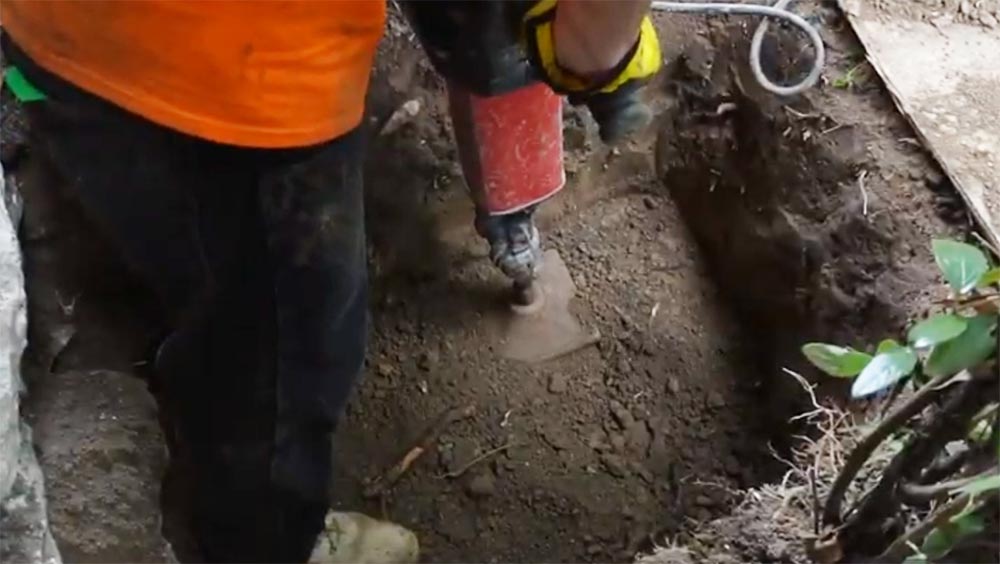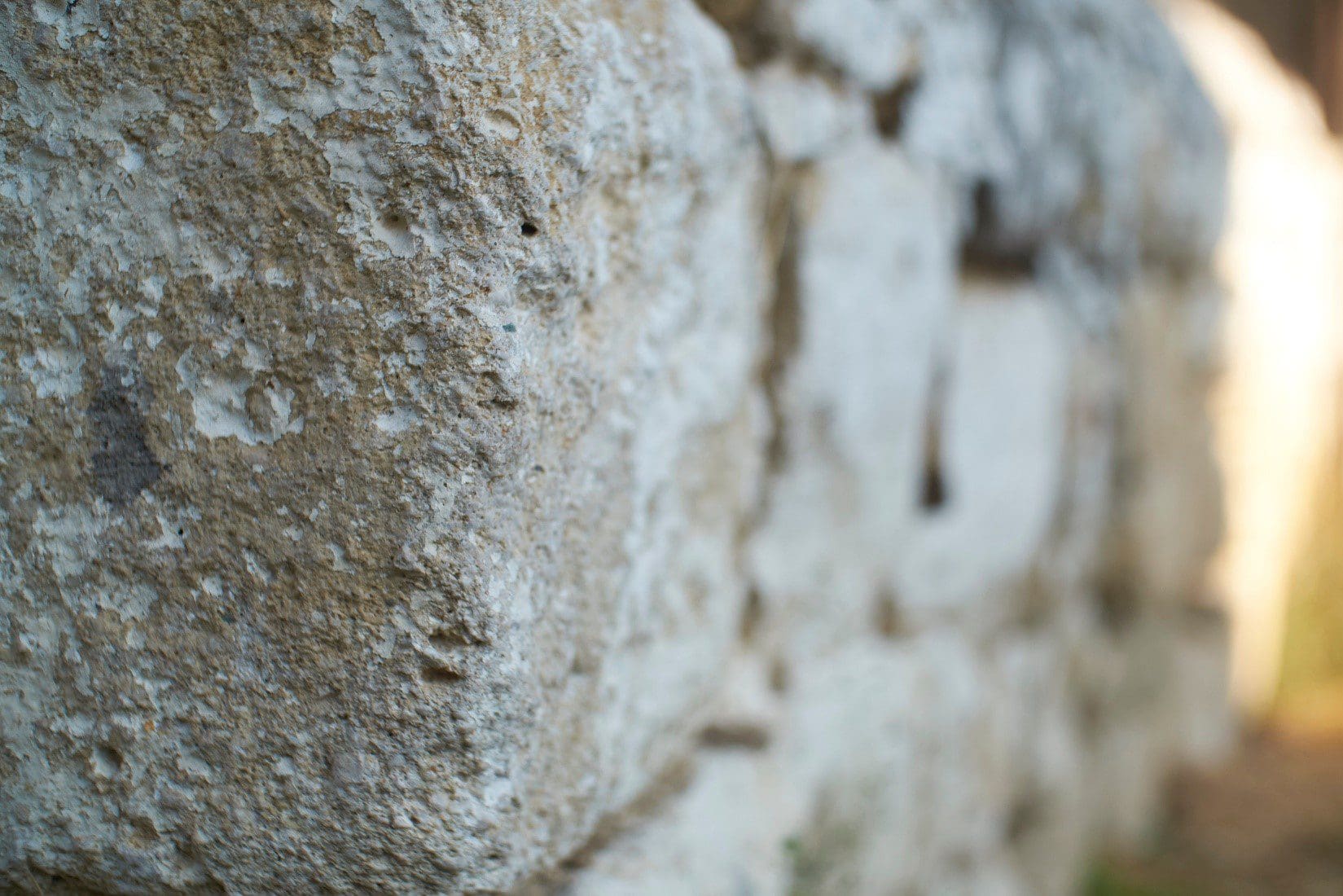Supporting a stone foundation in the neighborhood of brookside
A stone foundation is a beautiful and historic feature of many homes, particularly in neighborhoods like Brookside and Chester, PA. These foundations not only add character to a property but also serve the important purpose of supporting the structure above. However, over time, stone foundations can develop issues that require repairs and maintenance. In this post, we will share some tips and insights on how to repair a stone foundation and ensure its longevity.
Supporting a Stone Foundation in the Neighborhood of Brookside

Living in the beautiful neighborhood of Brookside means being surrounded by stunning homes with unique architectural features. One such feature that is often found in this area is stone foundations. These foundations not only provide a solid base for the homes but also add a touch of elegance and charm.
To ensure that these stone foundations continue to support the homes they are built under, regular maintenance and repair work are necessary. Here are some tips to help you keep your stone foundation in top shape:
Inspecting Your Stone Foundation

Regular inspections are essential to identify any potential issues with your stone foundation early on. Start by visually examining the foundation for any visible cracks, bulges, or loose stones. Pay close attention to areas that are exposed to excessive moisture, such as the base of downspouts or near landscaping features. These areas are more susceptible to structural damage and require extra attention.
In addition to visual inspections, periodically check the interior of your home for signs of foundation issues. Look out for cracks in the walls or ceiling, sticking doors or windows, and uneven floors. These can be indicators of possible foundation problems.
Addressing Cracks and Loose Stones
If you notice any cracks or loose stones in your stone foundation, it is crucial to address them promptly to prevent further damage. Here's how you can do it:
1. Clean the area: Start by removing any loose debris or dirt around the cracked or damaged area. Use a stiff bristle brush to clean the surface thoroughly.
2. Prepare the mortar: Mix a batch of mortar according to the manufacturer's instructions. Make sure to use mortar specifically designed for stone repairs.
3. Fill the cracks: Apply the mortar mixture into the cracks using a pointing trowel or a small putty knife. Press the mortar firmly to ensure it fills the entire crack. Smooth the surface with the trowel or knife, blending it seamlessly with the surrounding stones. Allow the mortar to dry completely.
4. Fix loose stones: If you have any loose stones, remove them carefully and clean the area beneath. Apply a layer of mortar to the back of the stone and press it firmly into place. Use a trowel or putty knife to smooth the mortar around the edges of the stone, creating a seamless bond with the foundation.
Preventing Water Damage
Water can be a significant threat to stone foundations, especially in areas like Brookside where heavy rainfalls are common. To protect your foundation from water damage, here are a few preventive measures you can take:
1. Ensure proper drainage: Make sure your home has a functional gutter system in place to collect rainwater and direct it away from the foundation. Regularly clean the gutters to prevent clogging and ensure proper water flow.
2. Install downspout extensions: Consider installing downspout extensions to divert water further away from the foundation. These extensions can be easily added to your existing downspouts and help prevent excessive moisture near the foundation walls.
3. Grade the landscaping away from the foundation: Ensure that the soil around your foundation slopes away from the house. This helps prevent water accumulation near the foundation, reducing the risk of water damage.
4. Apply waterproof coatings: Applying a waterproof coating to the exterior surface of your stone foundation can provide an extra layer of protection against water infiltration. These coatings act as barriers, preventing moisture from seeping into the stone and causing damage.
Stabilizing and Reinforcing the Foundation
In some cases, a stone foundation may require additional stabilization and reinforcement measures to ensure its long-term stability. Here are a few options you can consider:
1. Adding steel braces: Steel braces can be installed on the interior of the foundation walls to provide additional support. These braces help redistribute the structural load and prevent further movement or cracks.
2. Installing helical piers: Helical piers are long, screw-like devices that are inserted into the ground around the foundation. They provide additional support by transferring the weight of the structure deeper into the soil, bypassing any weak or unstable layers.
3. Reinforcing with carbon fiber strips: Carbon fiber strips can be applied to the interior of the foundation walls to increase their strength and stability. These strips are lightweight but incredibly strong, providing added reinforcement without significantly increasing the wall thickness.
Maintaining Your Stone Foundation
Regular maintenance is key to preserving the longevity of your stone foundation. Here are a few essential maintenance tasks you should perform:
1. Clean the foundation: Periodically clean your stone foundation using a mild detergent and a soft-bristle brush. Gently scrub away any dirt or stains, paying extra attention to areas prone to moisture and moss growth.
2. Repair mortar joints: Over time, mortar joints can deteriorate and become weak. Inspect your foundation for any crumbling or missing mortar and repair it promptly. Remove the damaged mortar using a chisel or grinder, and then fill the joints with fresh mortar.
3. Monitor moisture levels: Keep an eye on the moisture levels around your foundation. Excessive moisture can lead to problems like efflorescence or mold growth. If you notice any signs of moisture issues, address them promptly to prevent further damage.
4. Trim vegetation: A beautiful garden can enhance the curb appeal of your home, but overgrown vegetation can pose a risk to your foundation. Trim any trees or bushes that are in close proximity to the foundation to prevent roots from causing damage or excess moisture buildup.
Conclusion
A stone foundation is not only a structural element but also a timeless and beautiful feature of your home. By proactively maintaining and repairing your stone foundation, you can ensure its longevity and preserve the historical aesthetics of your property.
Remember to regularly inspect your stone foundation for any signs of damage, address cracks and loose stones promptly, and take preventive measures to protect it from water damage. If necessary, consider additional stabilization and reinforcement methods to ensure the stability and structural integrity of your foundation.
By following these tips and investing in the proper care of your stone foundation, you can continue to enjoy the beauty and elegance it brings to your home for years to come.